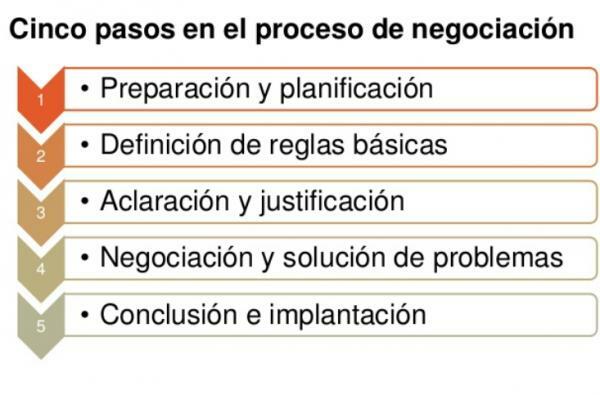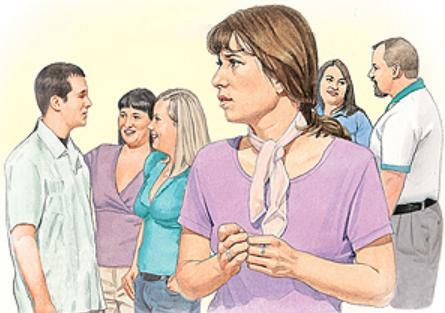The main psychomotor disorders are the following: Psychomotor agitation. (most frequent psychomotor syndrome) Succession of gestures, movements and behaviors, fast, very frequent, of high frequency and varied form of presentation. Motor hyperactivity. The most frequent symptoms are:
- psychic and motor hyperarousal
- verbal inhibition sometimes with manifest lack of connection or ideative structuring
- predominantly anxious mood
- angry or euphoric, aggressive potential towards oneself and towards others, to a lesser extent, disorders of consciousness of a confusional type, and flight of ideas with decreased attention span
From the etiological point of view, there are three modes of presentation of psychomotor agitations: Reactive agitations, which occur as a consequence of:
- situations or events of extreme tension experienced by the individual in reality or imaginary, toxic factors resulting from the consumption of pharmacological products used for therapeutic purposes or due to poisoning
- drug use and dependence.
Agitations in organic-cerebral disorders, produced in the typical "confused-dreamlike" pictures, in epilepsy (during seizures) or as a consequence of cerebrovascular accidents or head injuries.
Psychotic agitations, which occur in certain types of schizophrenia, in the manic phases of manic-depressive psychoses or in demented states.
Stupor. Inhibition or psychomotor retardation syndrome.
State of consciousness with a predominance of absence or reduction of responses: absolute paralysis of the body and silence. Associated symptoms are: vegetative disorders, urination, defecation and eating disorders, strange responses to cold and heat, and other disorders psychomotor (stereotypes, mannerisms, catalepsy, negativism, ecofenomena, etc.) The forms of stupor are: Reactive stupor, due to severe shock, panic, terror. It manifests itself with paralysis due to fear, catastrophic situations, feelings of inability to cope with stressful or threatening situations.
Depressive stupor, appears in depressions (psychotic). Perplexity and overwhelm by feelings of anguish, despondency, guilt and feeling of total incapacity for decision. Catatonic stupor, is a response of shrinking and stiffness due to terror, anguish and perplexity. Interpreted as "due to some serious threat to conscience about himself, obvious to him." Neurological stupor, appears in encephalitis, epilepsy and poisoning. Decrease (absence) of verbal and motor responses to stimuli.
Tremors. Oscillatory muscle movements, around a fixed point of the body, rhythmic and rapid, in the form of involuntary jerks. Based on the frequency and mode of appearance, they are grouped into the following categories: Tremors of rest, short-range movements with fine and rapid oscillations of the distal extremities of the fingers. Postural tremors, jerks when starting or making any movement. There are two types: fast acting and slow acting. Intentional tremors, jerks that appear during voluntary movements.
Seizures. Muscle movements in the form of violent and uncontrollable contractions of the voluntary muscles. Grand mal seizures, with three phases:
- Tonic phase. Sudden contraction with onset of apnea and loss of consciousness.
- Convulsive phase Apnea is maintained and regular, rhythmic, involuntary convulsive movements begin, beginning in the arms, legs, and muscles.
- Recovery phase. Gradual recovery of the level of consciousness with an average duration of between 20 and 30 minutes.
Tics. Rapid, involuntary and jerky muscle movements, performed in isolation, unexpected, repetitive, frequent, purposeless, and at irregular intervals.
Spasms. Involuntary, exaggerated and persistent muscle contractions. Types of spasms: Professional spasms, contracture of a certain muscle group, which is attenuated with rest and muscle strain and that may appear together with a momentary paralysis and / or tremors Bamberger's jumping spasms, sudden attacks, located in the muscles of the legs, which force the individual to jump and shake. Saltory spasms of Salaam, muscular contractions, located in the neck muscles, which force the individual to jump and shake.
Catatonia. Syndrome that includes several symptoms: catalepsy, stupor, mutism, stereotypes and ecosymptoms. Catalepsy, immobile attitude with rigid muscles that allows placing an individual in a forced, uncomfortable or antigravity and that it remains in the same position without trying to recover the original position for a long time undefined.
In connection with this disorder, waxy flexibility appears, a special form of passive resistance that opposes flexion of the joints and accompanying muscle stiffness is called catalepsy rigid. Negativism, attitude of opposition to any movement that is ordered to the individual. Passive negativism (systematic oppositional attitude) and active negativism (doing the opposite of what you are trying to force them to do) are distinguished. Stupor, attitude of remaining alien or distant from the environment, with an absence of relationship functions (absolute paralysis of the body and silence). Ecosymptoms or automatic obedience, automatic repetition of the movements, words or gestures produced by the interlocutor.
When movements are automatically repeated it is called echopraxiaWhen words are repeated it is called echolalia and when the interlocutor's gestures are repeated it is called econymy. Catatonic pictures appear in schizophrenic pictures, affective disorders, alterations of the basal ganglia, of the limbic system and the diencephalon, and in other neurological conditions initially organic or secondary to metabolic, toxic or pharmacological disorders. H. Stereotypes. Continuous and unnecessary repetition of movements or gestures. Depending on the degree of complexity, they are distinguished into two types: Simple stereotypes, in organic brain disorders of demented evolution. Complex stereotypes, in non-organic psychotic disorders.
Mannerisms. Parasitic movements that increase the expressiveness of gestures and mimicry.
Dyskinesias. Involuntary movements of the tongue, mouth and face are distinguished into two types: Acute dyskinesia, series of contractions of the mono or bilateral muscles of the upper extremities, neck and back. Tardive dyskinesia, series of involuntary and rare movements of the tongue, mouth and face.
Apraxia. It is the difficulty to carry out activities that require a certain level of complexity, that require sequencing and coordinating a series of movements, such as writing or dressing. When it appears in children, it is called developmental dyspraxia.


